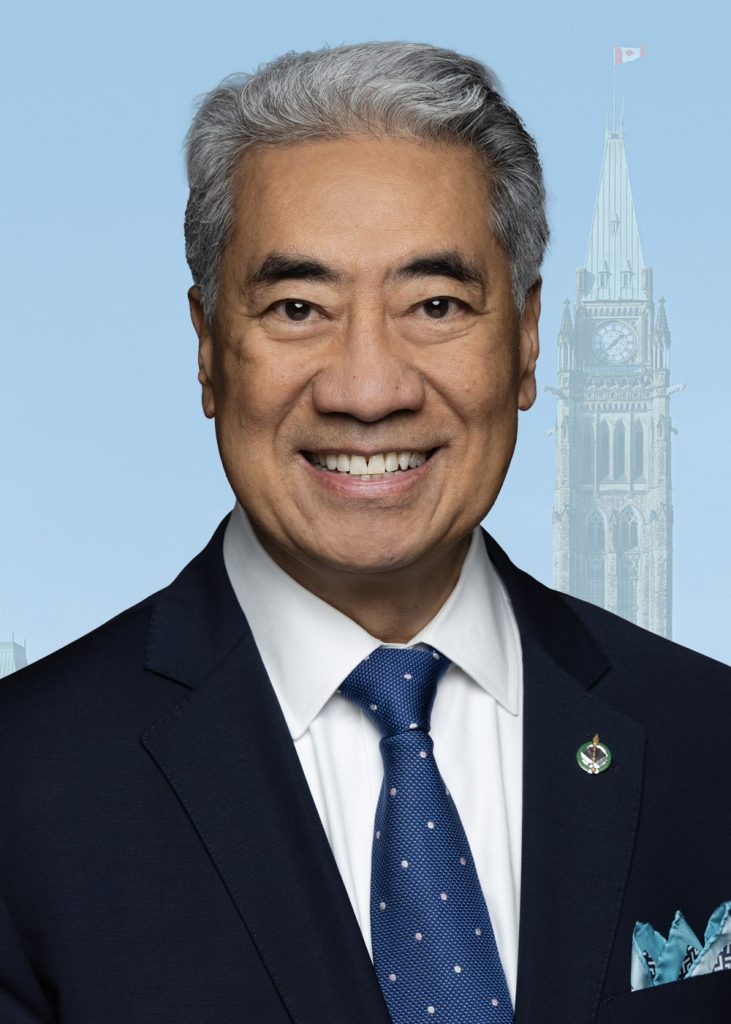In retrospect, was Mark Carney’s performance as good as advertised?
Posted May 31, 2013 11:46 am.
This article is more than 5 years old.
OTTAWA – Rock star, saviour, outstanding central banker of his generation — the accolades have flowed fast and freely during Mark Carney’s five-year reign at the Bank of Canada.
But with the closing of the books on the bank governor Saturday, a more nuanced appraisal of his legacy emerges from the economists and analysts who have followed his every word and deed since erupting on the scene, seemingly out of the blue, in February 2008.
As difficult as it is to imagine now, Carney, then 43, was a surprise pick by Finance Minister Jim Flaherty for the top financial policy-making institution, and to most, an unknown quantity.
Since, he has unarguably become Canada’s most famous central banker, with a reputation that extends well beyond the country’s borders.
In fact, like the proverbial prophet, Carney may be more honoured abroad than in his own country.
Time magazine called him “whip-smart,” Readers Digest named him “most trusted” Canadian, and the British Chancellor famously hailed him “the outstanding central banker of his generation” while snapping him up for the Bank of England and lavishing both praise and a level of remuneration never before seen at either institution.
In an informal survey by The Canadian Press of a wide sampling of Canadian economists from the banking sector, think-tanks, and academia, Carney garners strong marks, but nothing resembling the plaudits from foreigners.
The consensus grade was A-, in a range from B- to A.
“He’s at the top of the class of global central bankers,” says Craig Wright, chief economist with the Royal Bank, giving him an A grade. “When you look at the some of the creativity that is now being copied in some parts of the globe, like his forward guidance, his work on financial stability, it would be hard to find many central bankers who have done a better job.”
But there’s also a B+ from Derek Holt, vice-president of economics at Scotiabank. “Give him high marks for having cut (interest rates) aggressively, although his predecessor David Dodge started the cutting. The conundrum is that he had arguable no choice but to cut, but was the cost that he fed domestic imbalances in housing and consumption? The jury is still out on that one.”
And an B- from Erin Weir, a labour economist with the United Steelworkers, who believes Carney didn’t cut fast enough when the 2008-09 crisis hit, noting the U.S. Federal Reserve took rates lower, faster. As well, Carney never was able to deal with the over-valued dollar that hurt Canada’s export industries.
Another progressive economist, Armine Yalnizyan of the Canadian Centre for Policy Alternatives, sums up the difficulty of grading a central banker who was thrown into the deep end of a global financial crisis almost immediately, and left two years early with the country still struggling to cope.
“There’s no question Mr. Carney is both an accomplished communicator and a brilliant mind,” she says.
“But it’s not clear whether (his success) was timing, luck or skill,” she adds — and she, like Holt — believes, the proof of the pudding of his policies won’t be fully digested for more years to come.
Will we think the same way about Carney a year or two from now if Canada’s housing crisis collapses, indebted households are forced into bankruptcy, banks come under pressure over bad loans, and the economy slows because consumers don’t have the cash to spend.
The touchstones of Carney’s Bank of Canada career are written large.
With the economy already showing signs of flattening out, Carney was no more than a month on the job when in March 2008, the Wall Street investment bank Bear Stearns imploded and needed a government-engineered rescue.
The total meltdown didn’t take long to materialize, however, reaching the point of no return with the collapse of Lehman Brothers six months later.
Carney was one of the first, but not the only one, to realize the wider implications and although Canada was not directly effected, he began cutting rates aggressively almost from the outset.
Then came a bit of inspiration.
With the Bank of Canada’s policy rate down to its lowest practical level — 0.25 per cent — Carney announced in April 2010 that he would keep it there for five quarters, a so-called conditional commitment that appears ho-hum in retrospect, but was novel at the time. Fed chairman Ben Bernanke copied the approach later by tying rates to employment.
Analysts still debate the effectiveness of the “forward guidance,” but even skeptics concede it gave businesses and investors as much certainty as could possibly be offered at a time of upheaval.
Few economists would disagree with Carney’s approach to interest rate policy, although it is difficult to apportion direct credit since bank policy is a team effort. Holt gives Carney — or the institution written large — even more credit for not following the U.S., England and Japan into quantitative easing — essentially printing money — when the temptation to follow the lead of the bigger central banks must have been great.
Aided by the extraordinary monetary boost, and ramped-up government spending, Canada emerged from the recession in July 2009, sooner than any of the G7 economies, and has kept the momentum, although at times hesitantly, ever since.
In the meantime, Carney turned his glare on those he believed had brought the world to its knees.
Basking in the reflected glow of Canada’s sound banking system, Carney became an leading voice internationally on the need to rein in the swash-buckling bankers who had brought the system down.
His ever increasing championing of the issue triggered a now famous clash with Jamie Dimon of JP Morgan Chase & Co. in September of 2011 and saw him essentially made Mr. Global Regulator with the appointment to head the Swiss-based Financial Stability Board.
In Canada, he was equally scolding. To Canadians for taking advantage of his low rates to pay exorbitant prices for homes, to commercial banks for not setting the bar high enough on who could borrow, to corporate heads for piling up “dead money” when there was a world out there to conquer in the emerging economies.
He sympathized with the Occupy movement, but not those who thought Canada was in the throes of Dutch disease, the theory that what’s good for the oil sector is bad for manufacturers.
He gave speeches far and wide, at home and abroad. Appeared on panels and gave news conferences and television interviews.
No one had seen a Canadian central banker like this. Not only markets paid attention, but also politicians, most notably Liberals who thought he might just have the royal jelly to lead the party out of the wilderness.
Then last November came Carney’s biggest personal triumph. After squelching the rumours, he announced he was stepping down to become the first non-British governor in the 319-year history of the Bank of England.
“He broke the mould,” said Ian Lee, professor at the Sprott School of Business at Ottawa’s Carleton University, and he might have changed the position of governor of the Bank of Canada forever.
“Because he used the power of the bully pulpit of the governor, he redefined the office. He connected with Canadians, they listened to him, they respected him. That’s probably his biggest legacy aside from piloting the economy through a difficult time.”
Lee grades Carney an A-, docking him because he “blotted his copybook” with his hectoring about dead money — which he later mostly dropped — and his flirtation with the Liberals, particularly spending a week at the cottage of the party finance critic, Scott Brison.
Bill Robson of the C.D. Howe Institute, which runs its own informal monetary policy panel that has at times differed with the real thing at the central bank, says while it is possible to quibble with individual decisions, Carney’s overall record remains top grade.
He acknowledges that Carney, as well as Flaherty, were dealt a strong hand when the recession hit — sound, regulated banks, credit-worthy governments, stable inflation, an economy with a significant commodity sector — but that shouldn’t detract from the achievements.
The governor will face a tougher test in England, where the central bank must guide an economy that continues to teeter, and a banking sector badly in need of repair.
“There’s a whole new chapter to be written,” Robson said.








